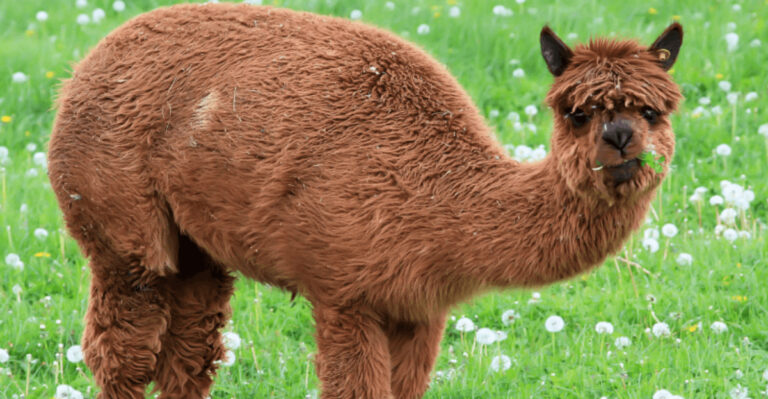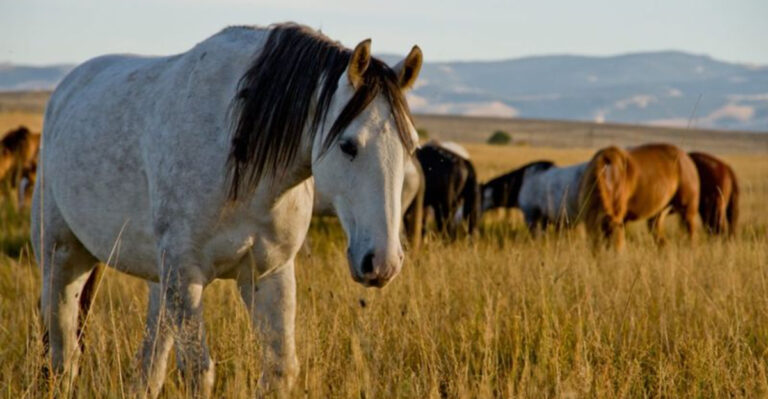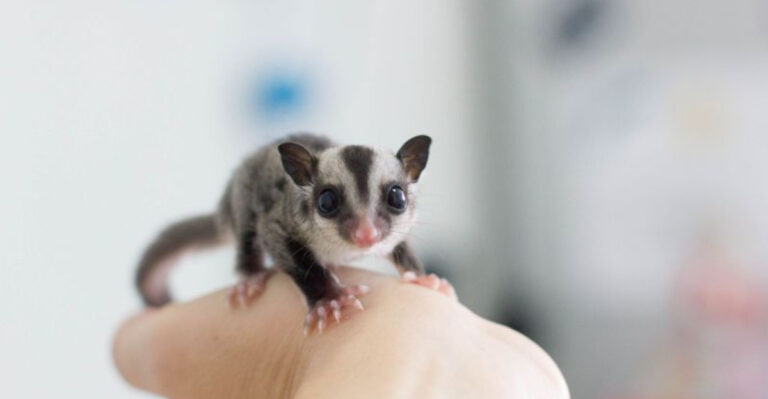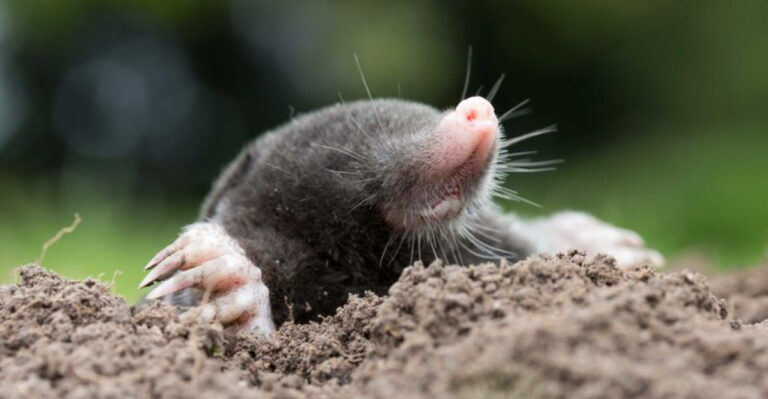14 Ways To Protect Baby Birds During Nesting Season
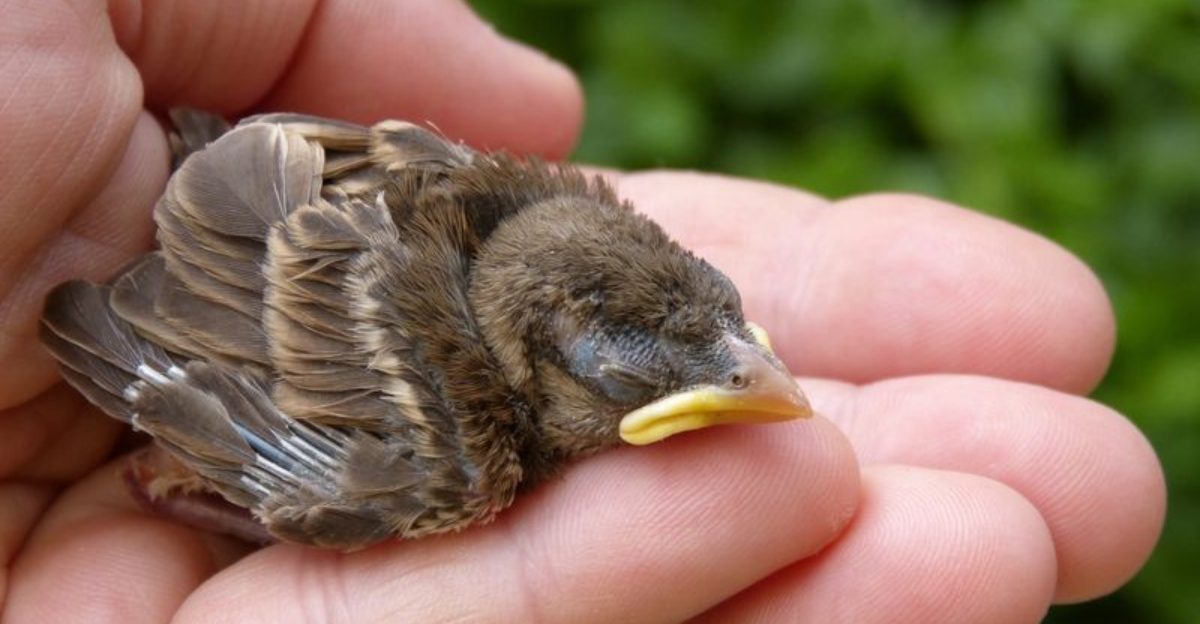
Spring brings not just flowers and warm breezes, but also the magical sound of chirping baby birds. These tiny feathered creatures depend on their parents and a safe environment to grow strong enough to fly.
Sadly, many baby birds face dangers during nesting season, but we can all take simple steps to help them thrive in our backyards and neighborhoods.
1. Keep Cats Indoors
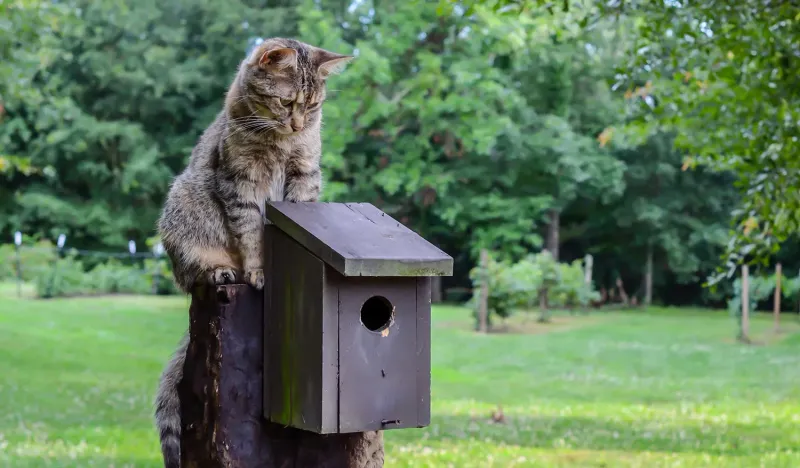
Cats are natural hunters who can’t resist the temptation of baby birds. Even well-fed felines follow their instincts to pounce on helpless nestlings.
During nesting season (typically March through August), keep your kitty inside, especially during morning hours when birds are most active. If your cat must go outside, consider a catio or secure outdoor enclosure that satisfies their outdoor cravings without endangering wildlife.
2. Postpone Tree Trimming
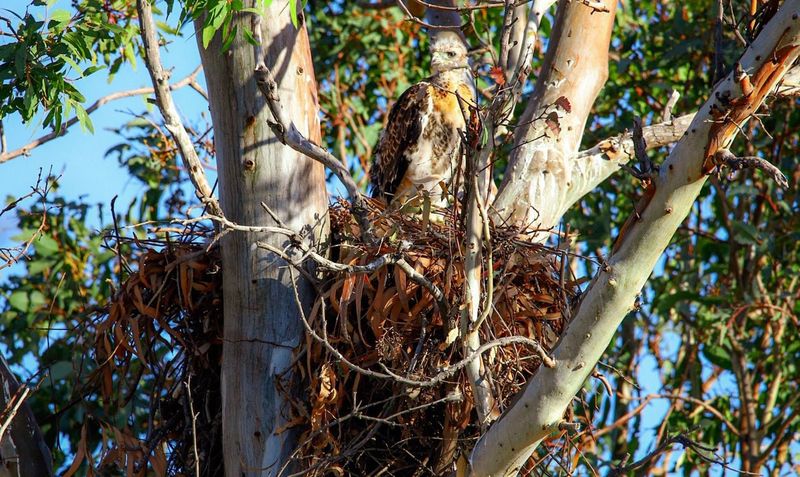
That overgrown tree might look messy, but it could be someone’s nursery! Many birds build nests in trees, shrubs, and hedges during spring and summer.
Save major pruning for late fall or winter when nests are empty. If trimming can’t wait, carefully inspect branches for nests first. Most baby birds need 2-3 weeks in the nest before they’re ready to fly, so a little patience goes a long way in saving bird families.
3. Create A Bird-Friendly Yard
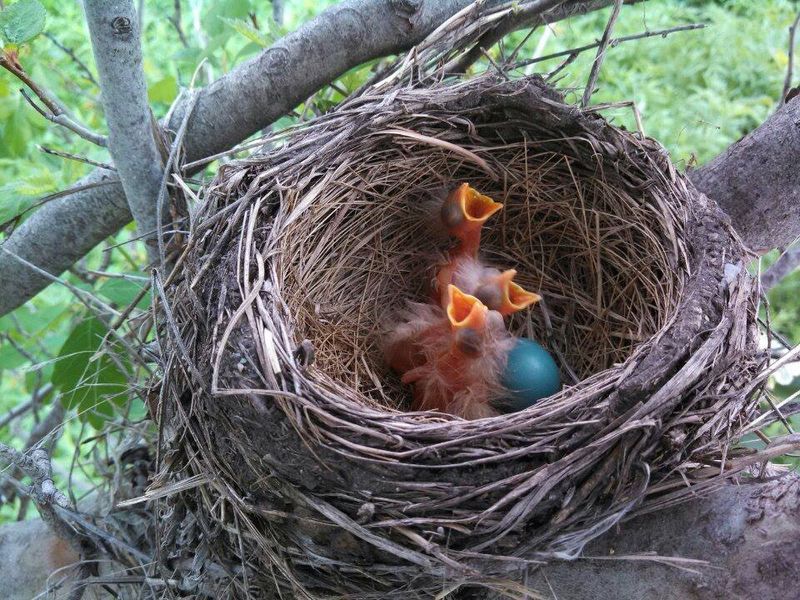
Birds love yards with diverse native plants that provide natural food sources and nesting materials. Plant trees, shrubs, and flowers that produce seeds, berries, or attract insects birds can eat.
Leave some areas of your yard a little wild with tall grasses, fallen leaves, and small brush piles. These natural elements offer shelter and nesting materials. Avoid pesticides that kill the insects baby birds need for protein-rich meals during their rapid growth phase.
4. Provide Nesting Materials
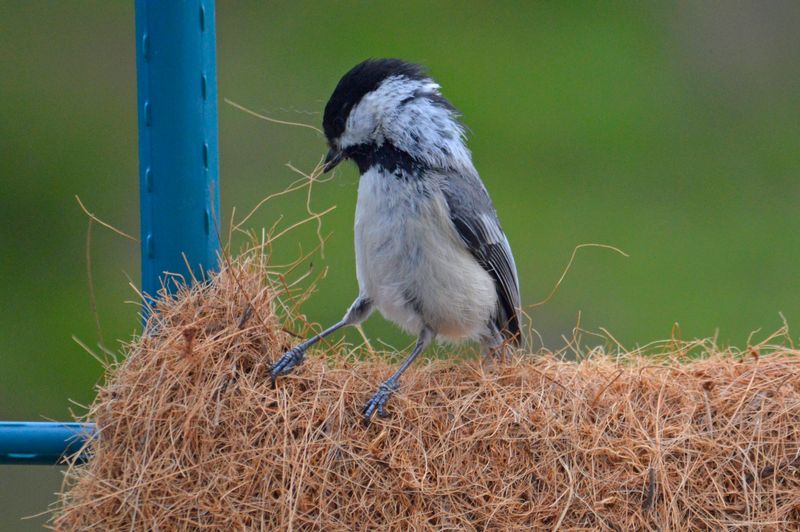
Help birds build cozy homes by offering nesting materials in your yard. Fill a suet cage or mesh bag with natural fibers like pet fur, wool yarn scraps, or small strips of cotton.
Hang your nesting material station near bird feeders but away from high-traffic areas. Avoid using dryer lint, which can absorb moisture and harm baby birds. Natural materials help parents create insulated, water-resistant nests that keep babies safe from rain and temperature changes.
5. Install Bird Houses Correctly
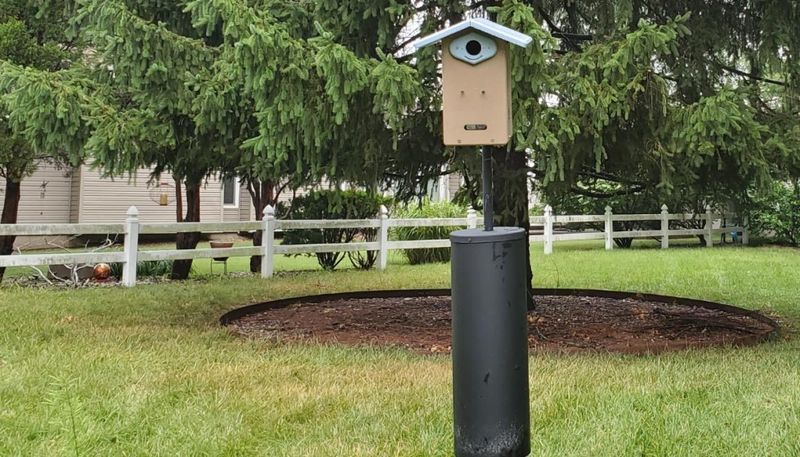
Bird houses offer safe shelter from predators and weather, but location matters tremendously. Mount houses on poles with predator guards rather than trees where raccoons and snakes can easily reach them.
Face openings away from prevailing winds and afternoon sun to prevent overheating. Different bird species need different sized entrance holes and house dimensions, so research what local birds in your area prefer. Clean houses in fall after nesting season ends.
6. Never Disturb Active Nests
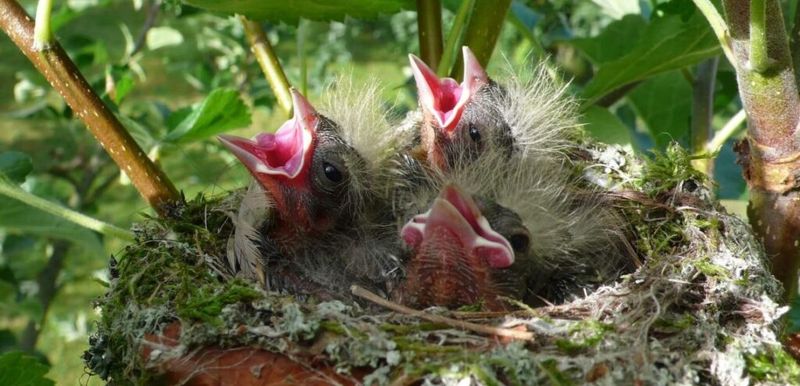
Finding a bird nest feels like discovering treasure, but resist the urge to peek too often. Parent birds may abandon nests if they sense danger from frequent human visitors.
Watch from a distance using binoculars instead of approaching. Never touch eggs or baby birds unless absolutely necessary for their safety. The parents are nearby even when you don’t see them, and human scent doesn’t actually cause abandonment – but your presence might scare away protective parents.
7. Protect Windows From Collisions
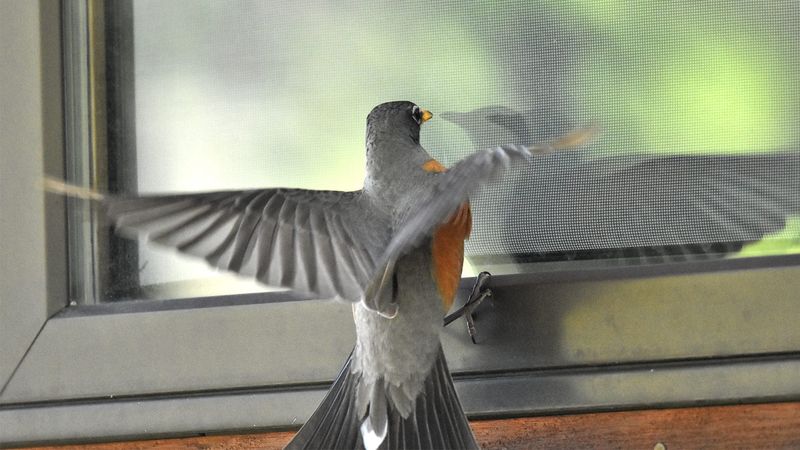
Windows reflect sky and trees, confusing birds who might crash into them at full speed. These collisions harm adult birds who are caring for hungry nestlings back in the nest.
Make windows visible by applying decals, screens, or hanging strings of beads on the outside surface. Move bird feeders either very close to windows (less than 3 feet) or far away (more than 30 feet) to reduce collision risk. UV window decals designed specifically for birds can be nearly invisible to humans.
8. Know When To Help Fallen Nestlings
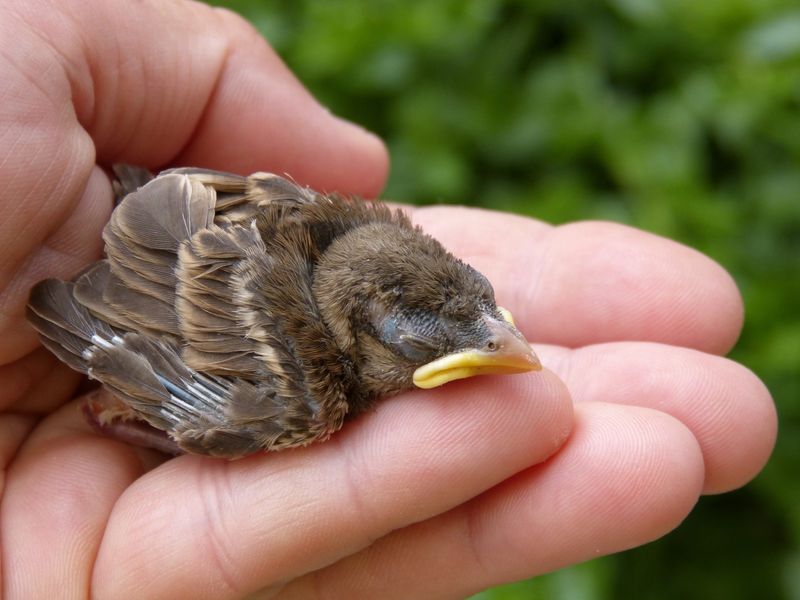
Finding a baby bird on the ground doesn’t always mean it needs rescue. Fully feathered fledglings naturally spend time on the ground while learning to fly, with parents watching nearby.
If you find a pink, featherless nestling, gently return it to its nest if possible. If the nest is destroyed, make a substitute from a small container with drainage holes and secure it near the original location. Only contact wildlife rehabilitators if birds are injured or truly orphaned.
9. Maintain Distance From Fledglings
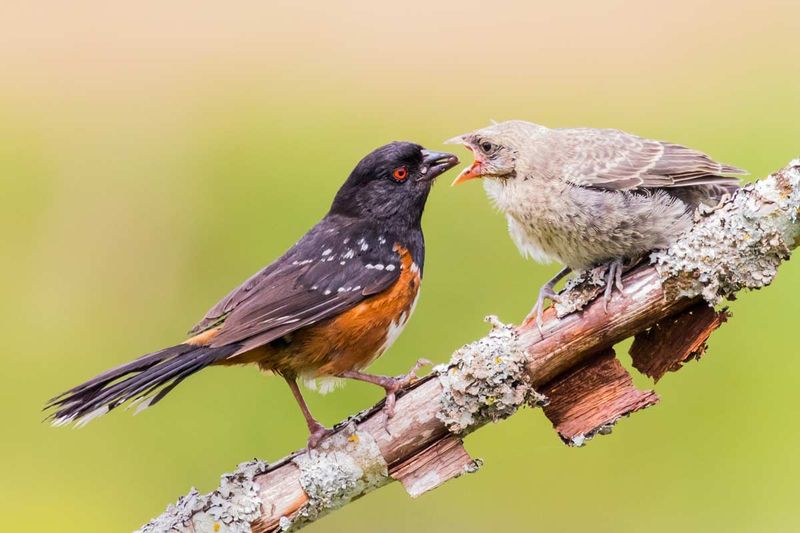
Those awkward teenage birds hopping around your yard aren’t abandoned – they’re learning important survival skills! Fledglings spend 1-2 weeks on the ground developing flight muscles while parents continue feeding them.
Keep pets away from areas where fledglings are practicing. If a fledgling is in immediate danger (like a busy road), gently move it to the nearest safe spot under a bush or tree. Parent birds locate their babies by sound, not necessarily by exact location.
10. Reduce Lawn Chemical Use
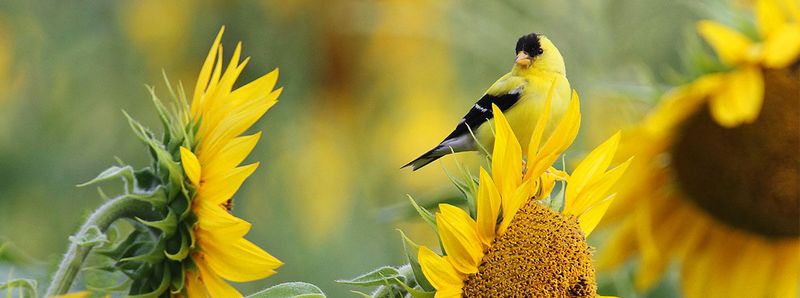
Those perfect green lawns often come at a cost to wildlife. Chemical fertilizers and pesticides kill insects that baby birds depend on for protein-rich meals during their rapid growth stage.
Switch to organic lawn care methods that support healthy soil naturally. Leave some dandelions and clover as natural food sources for insects that birds eat. If you must treat lawn problems, use spot treatments rather than whole-yard applications, and always follow label directions carefully.
11. Create Brush Piles
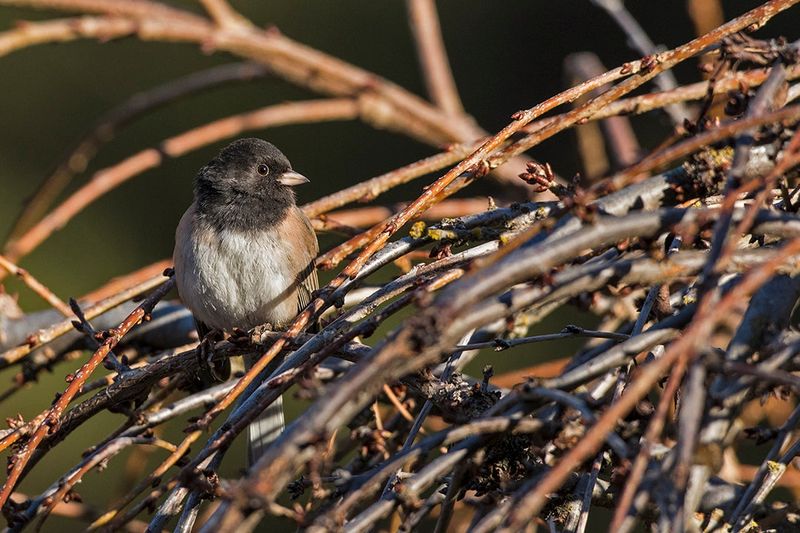
Instead of hauling away all your yard trimmings, consider creating a brush pile in a quiet corner. These natural structures provide excellent cover for ground-nesting birds and fledglings learning to fly.
Start with larger branches on the bottom for stability and add smaller twigs on top. Birds use brush piles to hide from predators and as shelter during bad weather. The decomposing materials also attract insects that serve as natural bird food.
12. Provide Fresh Water Sources
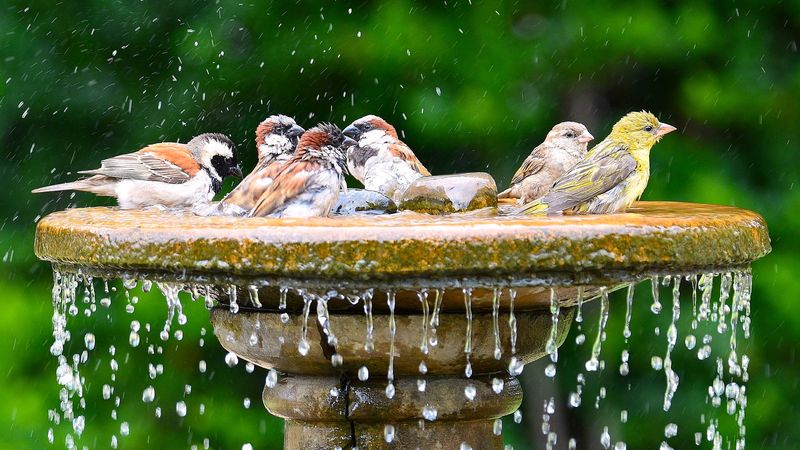
Water is essential for parent birds who need to stay hydrated while caring for hungry nestlings. Bird baths offer drinking and bathing opportunities that help birds maintain healthy feathers for efficient flight and insulation.
Place bird baths near trees or shrubs so birds have quick escape routes from predators. Change water every 1-2 days to prevent mosquito breeding and clean the basin weekly. During hot weather, a mister or dripper attracts birds and helps cool nestlings indirectly.
13. Monitor Nest Boxes Responsibly
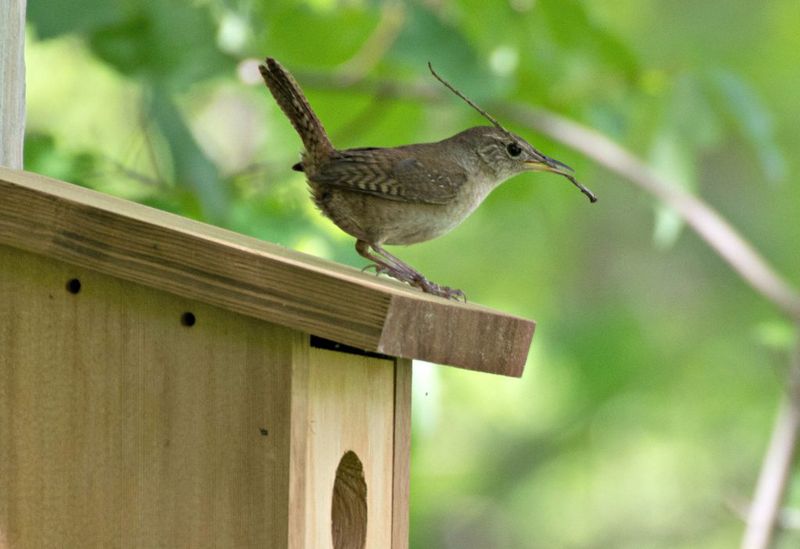
Installing nest boxes lets you witness the miracle of bird families, but check them thoughtfully. Wait until parent birds are away feeding, then quickly peek inside once weekly to ensure babies are healthy.
Record hatch dates and development stages in a journal without handling birds. Remove old nests in fall and clean boxes with a mild bleach solution (1 part bleach to 9 parts water) to prevent parasite buildup. Some species, like bluebirds, may raise multiple broods in one season.
14. Educate Your Community
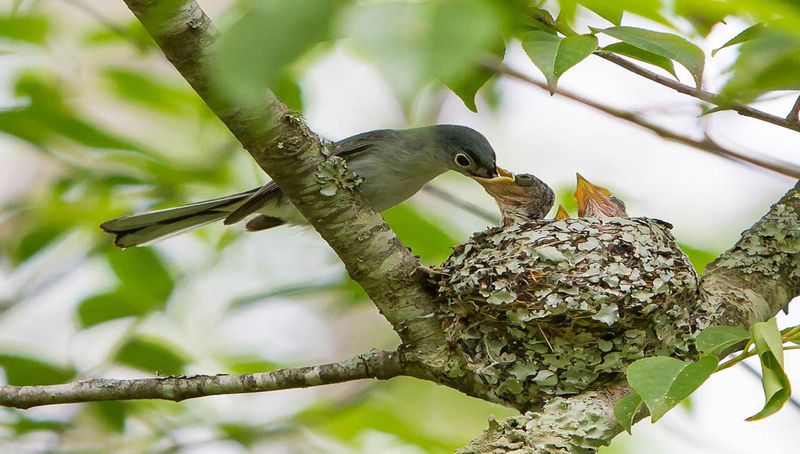
Spread knowledge about bird protection beyond your own yard. Share information about nesting season with neighbors, especially those planning tree work or building projects.
Encourage local schools to incorporate bird-friendly practices on their grounds. Post respectful signs near active nest areas in public spaces to prevent disturbance. Many people disturb nests accidentally simply because they don’t recognize them or understand their importance to our ecosystem.

